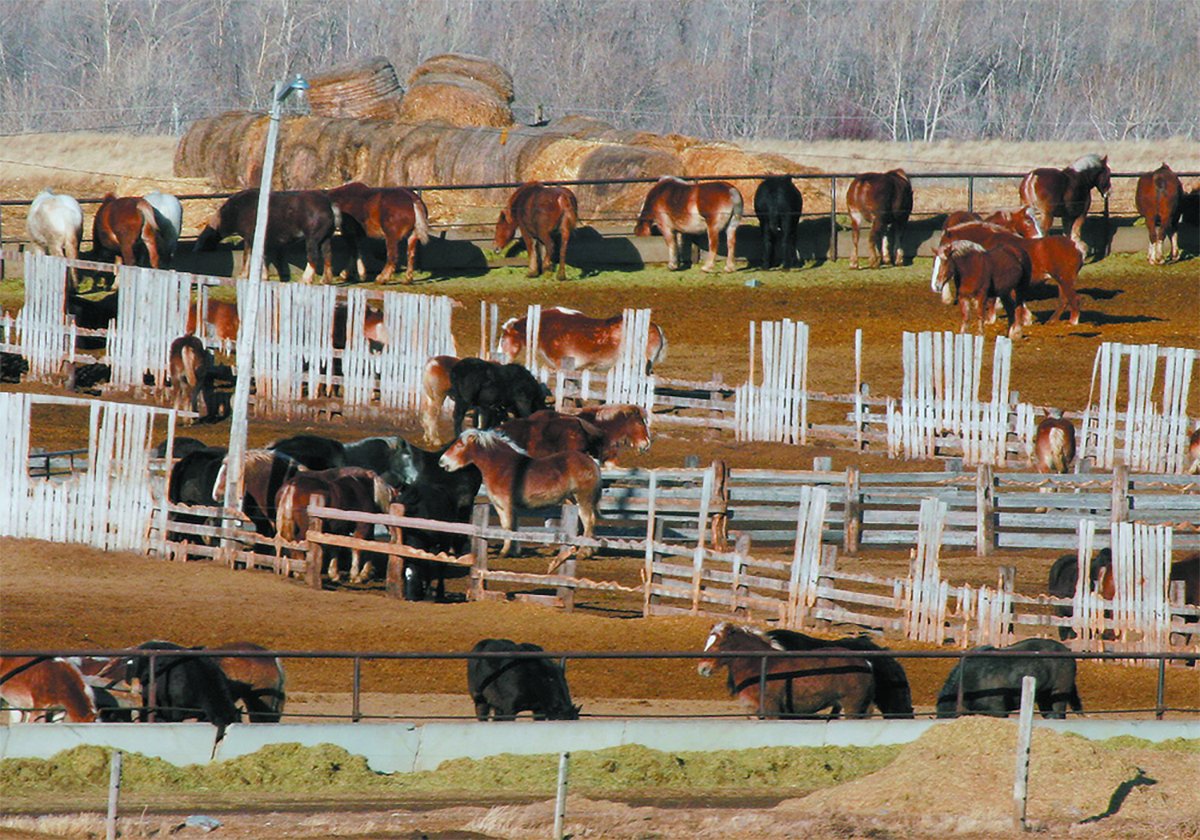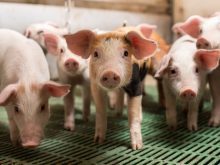A long-awaited U.S. Department of Agriculture rule to allow the import of older Canadian cattle and beef products was released Jan. 4.
Public comments are invited until March 12 at which time the United States will analyze the submissions and possibly make changes before the rule may be implemented later this year.
Highlights include:
- Live cattle and bison born in Canada after March 1, 1999, may be exported to the U.S. through recognized ports of entry. Females no longer require pregnancy tests.
- All must carry permanent, individual identification. This includes an ear tag as well as a permanent mark such as an inside ear tattoo with the letters CAN, or a brand on the right hip with a C, inverted V and N.
- Once imported, the Canadian cattle will be handled in the same way as U.S. bovines without requiring segregation for slaughter.
- Seals on trucks are required at the U.S. port of entry. It is necessary to continue sealing vehicles from Canada carrying animals for immediate slaughter to protect against other potential diseases.
- When a truckload arrives at the U.S. port of entry, U.S. inspectors must confirm the cattle are as described on the certificate accompanying them. They do not generally require unloading.
- Certain blood and blood products will be allowed. This includes whole blood and products such as red cell concentrate, platelets and plasma. Fetal bovine serum is also allowed. These products are used in tissue culture media for biological and pharmaceutical products such as vaccines. The U.S. said research has shown that infective BSE agents have not been detected in blood.
- Small intestines, other than the distal ileum, will be allowed. The distal ileum is the portion of the intestine closest to the anus. Casings are also allowed. These include intestines, stomachs, esophaguses and urinary bladders from cattle, sheep, swine or goats used to encase processed meats such as sausage.
Read Also

Canada’s slaughter horse industry lacks transparency
The lack of clear reporting and public access to data keeps the industry largely hidden, leaving questions about humane treatment and traceability unanswered.

















